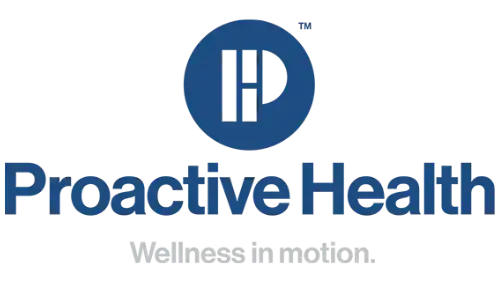When people think about exercise, they often picture running, lifting weights, or doing push-ups. But sometimes, the most powerful moves are the simple ones. The bear hold is one of those. It looks easy at first glance, but when done correctly, it can transform the way your body feels and moves.
At Proactive Health Richmond Physiotherapy Clinic, we often recommend the bear hold to help people build core strength, improve stability, and support better posture. This single exercise can be a game-changer for people recovering from pain, athletes trying to prevent injury, and anyone wanting to move more freely in daily life.
What Is the Bear Hold?
The bear hold is a bodyweight exercise where you position yourself on all fours—hands under your shoulders and knees under your hips. From there, you lift your knees just a few inches off the ground while keeping your back flat and core engaged.
That’s it. No equipment. No fancy movements. Just you, the floor, and your own bodyweight.
But don’t let the simplicity fool you. Within a few seconds, you’ll feel your core working, your shoulders stabilizing, and your legs firing to keep you steady.
Why the Bear Hold Works So Well
Most exercises train one muscle group at a time. Sit-ups target your abs. Squats target your legs. Push-ups hit your chest and arms. The bear hold, on the other hand, challenges your entire body to work together.
Your core fires to keep your spine stable.
Your shoulders and arms hold your upper body steady.
Your hips and legs engage to keep you lifted.
Your breathing muscles get stronger as you learn to breathe deeply under tension.
This “whole-body tension” is what makes the bear hold so powerful. It’s not just about building strength; it’s about teaching your muscles to coordinate and support one another. That translates into better posture, fewer injuries, and more control in everyday movement.
Common Mistakes People Make
While the bear hold is simple, it’s also easy to get wrong. Many people make small mistakes that reduce its effectiveness or even cause discomfort.
The biggest mistake is letting the lower back sag. When your spine arches down, your core stops working as hard, and the pressure shifts into your lower back. Instead, keep your belly pulled in and your back flat, as if you’re balancing a tray of water on it.
Another mistake is holding your breath. People often tense up and forget to breathe, which makes the exercise harder than it needs to be. Steady breathing helps you stay relaxed and focused while your muscles do the work.
Finally, some people lift their hips too high or too low. The goal is to keep your body in a tabletop-like position, with your knees hovering just an inch or two above the floor.
How the Bear Hold Helps with Pain and Injury
At Proactive Health Richmond Physiotherapy Clinic, we often prescribe the bear hold for patients dealing with back pain, shoulder issues, or hip discomfort. Here’s why.
The bear hold trains your deep core muscles, which act like a natural belt around your spine. When these muscles are strong, they take pressure off your lower back and keep you more stable.
It also strengthens the shoulder stabilizers, which protect your joints during pushing, pulling, and lifting. For people with shoulder pain or weakness, this added support can make daily activities feel easier.
And because the bear hold works the hips and legs too, it supports better balance and walking mechanics. That makes it especially useful for people recovering from hip pain or trying to prevent falls.
Who Should Try the Bear Hold?
The beauty of this exercise is that it can be scaled to almost any fitness level.
For beginners, just holding the position for a few seconds can be enough. With time, you can increase your hold, add small movements like shoulder taps, or even progress to crawling variations.
Athletes love the bear hold because it builds stability for explosive movements like sprinting, jumping, and lifting.
Older adults can benefit too, since it builds core and hip strength without heavy weights or complex motions.
Step-by-Step Guide to Doing the Bear Hold
- Start on all fours, with your hands under your shoulders and knees under your hips.
- Tuck your toes under so the balls of your feet are on the ground.
- Brace your core as if you’re about to get lightly punched in the stomach.
- Lift your knees just one or two inches off the floor.
- Keep your back flat, neck neutral, and shoulders strong.
- Breathe deeply and hold the position for as long as you can maintain good form.
That’s all there is to it. Start small—maybe 10 to 20 seconds—and gradually build up to 30 or even 60 seconds as your strength improves.
Why We Recommend the Bear Hold at Our Clinic
At Proactive Health Richmond Physiotherapy Clinic, we look for exercises that give the most benefit with the least risk. The bear hold checks all the boxes.
It’s safe for most people.
It doesn’t require equipment.
It strengthens multiple muscle groups at once.
It supports posture, balance, and everyday movement.
We often use it as a foundation exercise. Once patients master the bear hold, they can progress into other moves like bear crawls, planks, or loaded carries. This creates a strong, stable base that makes every other exercise safer and more effective.
Putting It All Together
The bear hold is more than just a core exercise. It’s a full-body stability move that helps you move better, prevent injury, and feel stronger in daily life.
At Proactive Health Richmond Physiotherapy Clinic, we’ve seen patients of all ages and fitness levels benefit from adding this simple exercise to their routine. Whether you’re dealing with pain, working on recovery, or just wanting to get stronger, the bear hold is worth trying.
If you’re not sure how to start—or if you’ve been struggling with pain that limits your ability to exercise—our physiotherapists can guide you. We’ll show you how to perform the bear hold safely and help you build a plan that fits your body and your goals.
Final Thoughts
Sometimes the simplest moves are the most powerful. The bear hold may not look flashy, but it builds strength where it matters most. With just a few seconds of practice each day, you can improve your core, protect your joints, and set a strong foundation for the rest of your body.
At Proactive Health Richmond Physiotherapy Clinic, we’re here to help you move better, recover faster, and feel stronger. If you’re curious about how the bear hold—or other exercises—can fit into your routine, we’d love to guide you.
Call us today!



